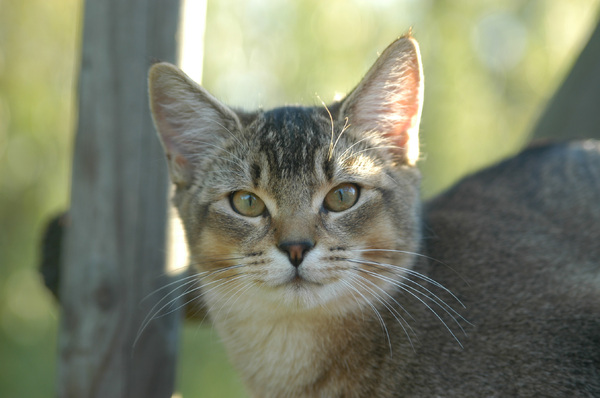Cat Litter Innovations: What's on the Horizon?
Cat Litter Innovations: What's on the Horizon?
Blog Article

Cat litter and litter boxes play an essential role in the lives of both felines and their owners. From the modest beginnings of sand and soil to the innovative developments these days, the world of cat litter has actually progressed substantially. In this comprehensive guide, we look into every aspect of cat litter and litter boxes, exploring their history, types, benefits, difficulties, and everything in between.
The history of cat litter go back centuries, with ancient civilizations using sand, soil, and even ashes as primitive litter materials. However, it wasn't up until the mid-20th century that contemporary cat litter as we understand it emerged. In 1947, Edward copyright introduced the world's first commercial cat litter made from absorbent clay, reinventing the method cats relieved themselves indoors. Because then, cat litter has undergone numerous transformations, with the introduction of clumping litter, silica gel litter, biodegradable alternatives, and more.
Today, feline owners are ruined for choice when it comes to picking the ideal litter for their feline buddies. Standard clay litter stays popular for its affordability and effectiveness in soaking up smells. Clumping litter, which forms strong clumps when wet, simplifies cleaning and maintenance. Silica gel litter, made up of extremely absorbent silica crystals, provides exceptional odor control and durability. Eco-friendly choices, such as recycled paper, wood pellets, corn, and wheat, attract environmentally conscious customers.
Each type of cat litter offers special benefits. Clay litter excels in its ability to soak up wetness and control odors, making it a dependable choice for lots of cat litter robot cat owners. Clumping litter simplifies day-to-day scooping and extends the time in between complete litter modifications. Silica gel litter supplies remarkable odor control and can last longer in between replacements. Naturally degradable litters offer a sustainable option that lessens environmental effect.
While cat litter improves indoor feline hygiene, it is not without its obstacles. Dust from clay litter can position respiratory threats for both cats and human beings, triggering the popularity of dust-free options. Some cats might develop litter box hostility due to problems with texture, scent, or cleanliness, demanding experimentation with various litters and box configurations. Multi-cat homes may need tactical litter box placement and regular maintenance to prevent territorial disputes and guarantee all cats have access to tidy facilities.
Choosing the appropriate litter box is necessary for promoting positive litter box routines and overall feline wellness. Factors to think about include size, accessibility, and style preferences. Covered litter boxes provide personal privacy and help contain odors, however some cats might discover them confining or daunting. Open-top litter boxes use easy gain access to and visibility but might result in more litter scatter. Automatic self-cleaning litter boxes enhance upkeep but require regular monitoring and maintenance.
Appropriate litter box upkeep is essential for making sure a clean and welcoming environment for both wood pellets cat litter cats and their owners. Daily scooping eliminates waste promptly, lessening smell and discouraging litter box aversion. Routine litter replacement, typically every 1-2 weeks, prevents bacterial accumulation and maintains ideal absorbency. Extensive cleaning with mild cleaning agent and water, preventing harsh chemicals that may prevent felines from using the box, should be performed monthly.
Cat litter and litter boxes play a central function in cultivating a healthy and harmonious relationship between cats and their human buddies. With a diverse range of litter alternatives and litter box styles available, cat owners have the versatility to customize their options to suit their cats' preferences cat litter boxes and family requirements. By understanding the evolution, types, benefits, and difficulties of cat litter and litter boxes, family pet owners can supply their feline friends with a comfortable and hygienic indoor environment.